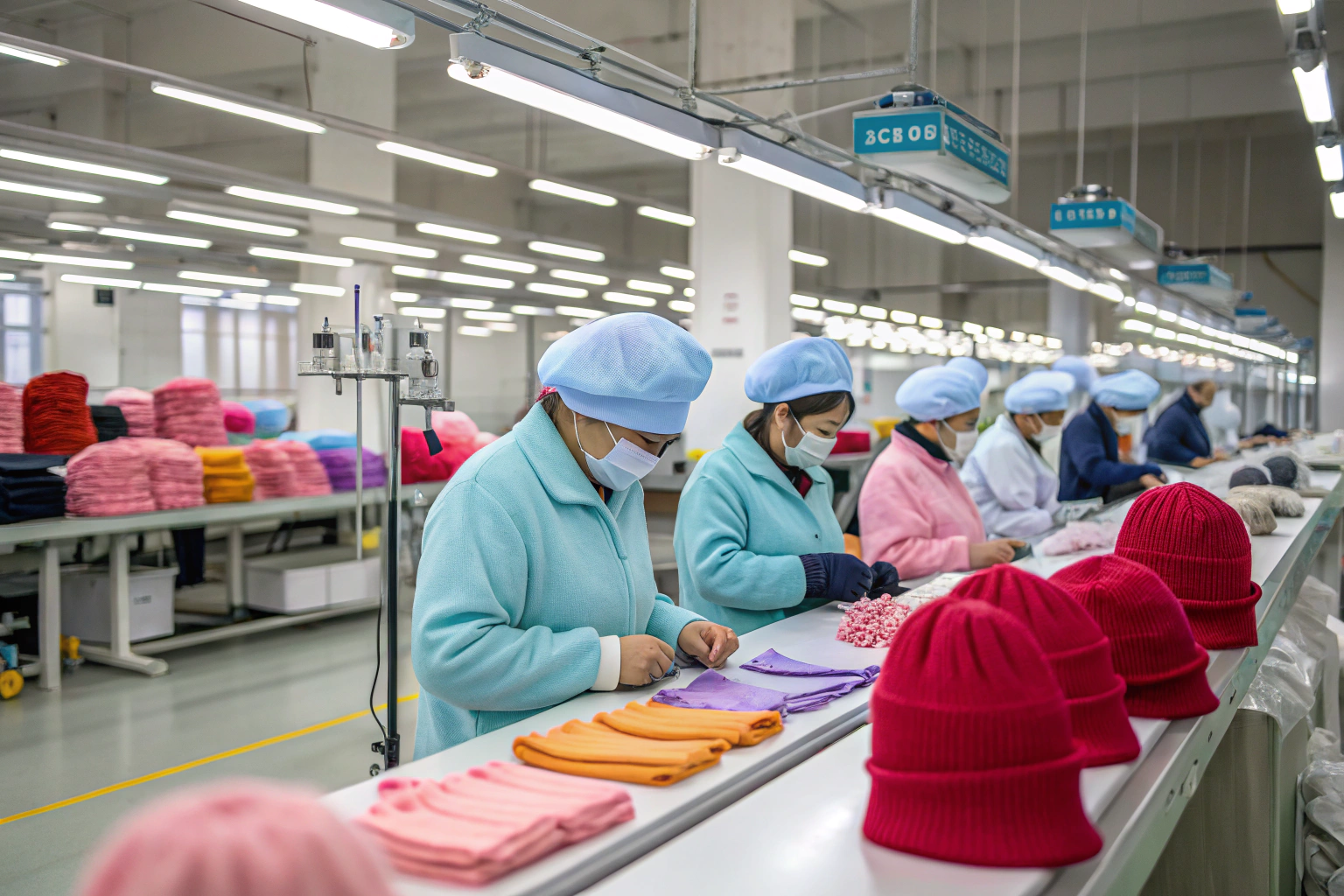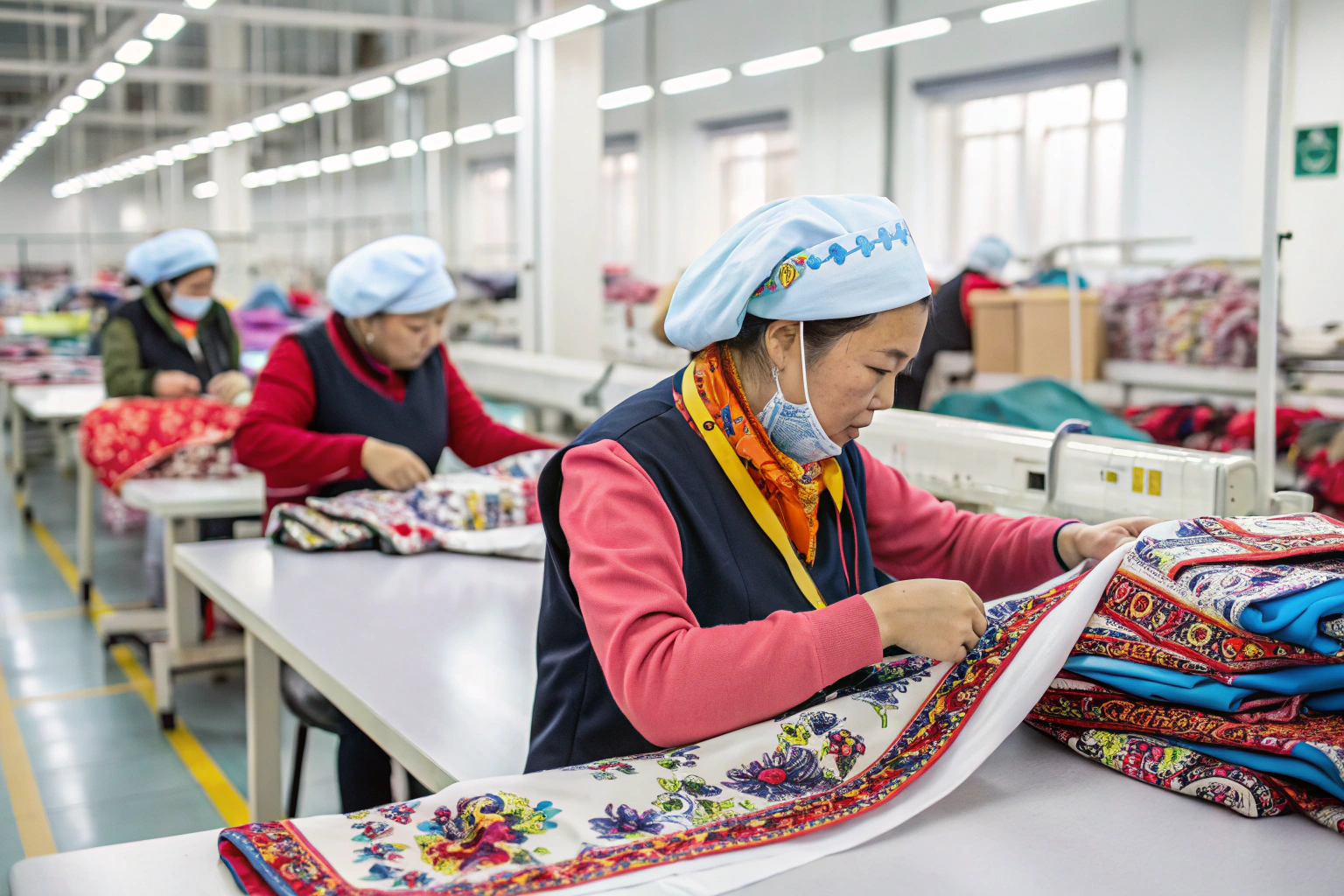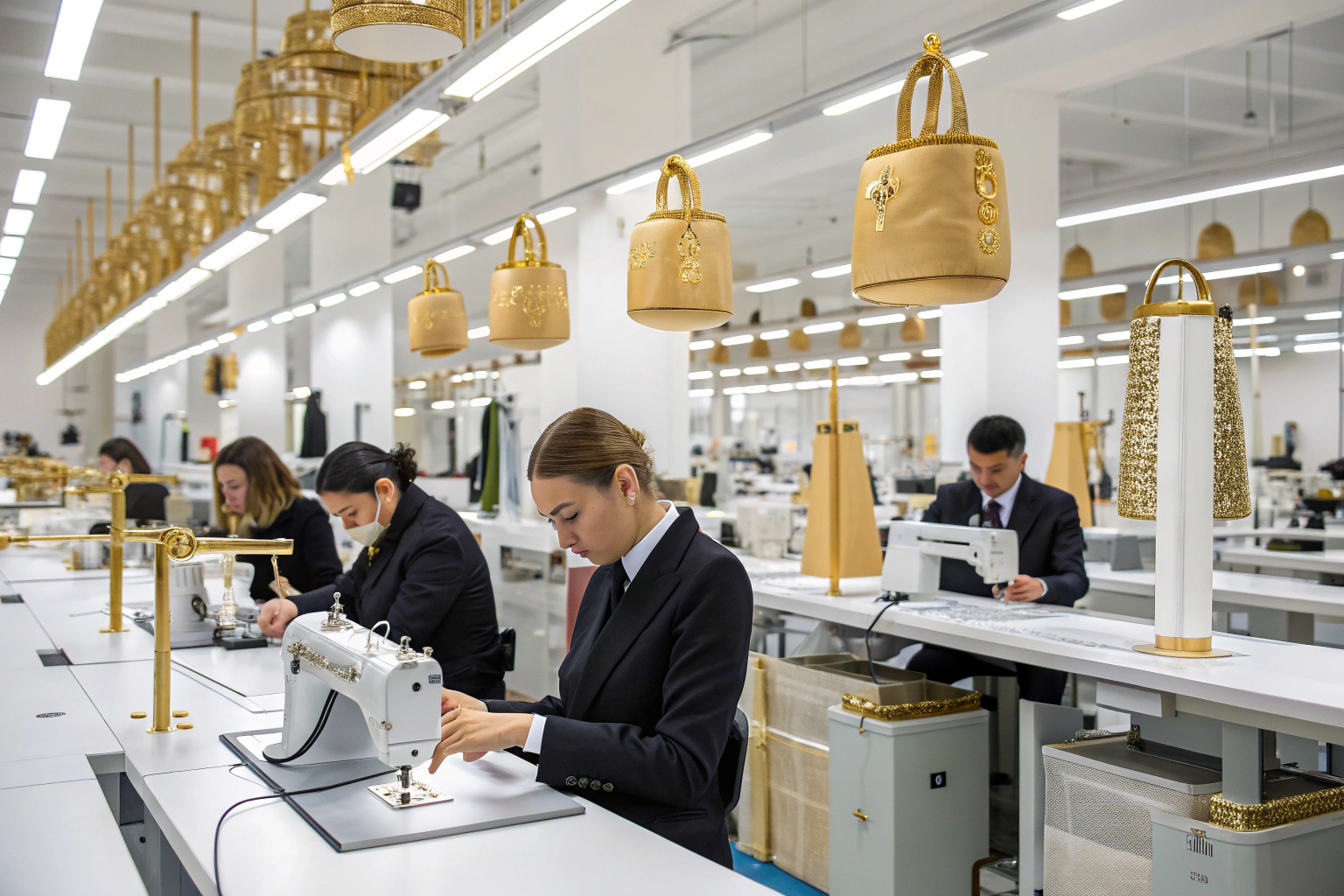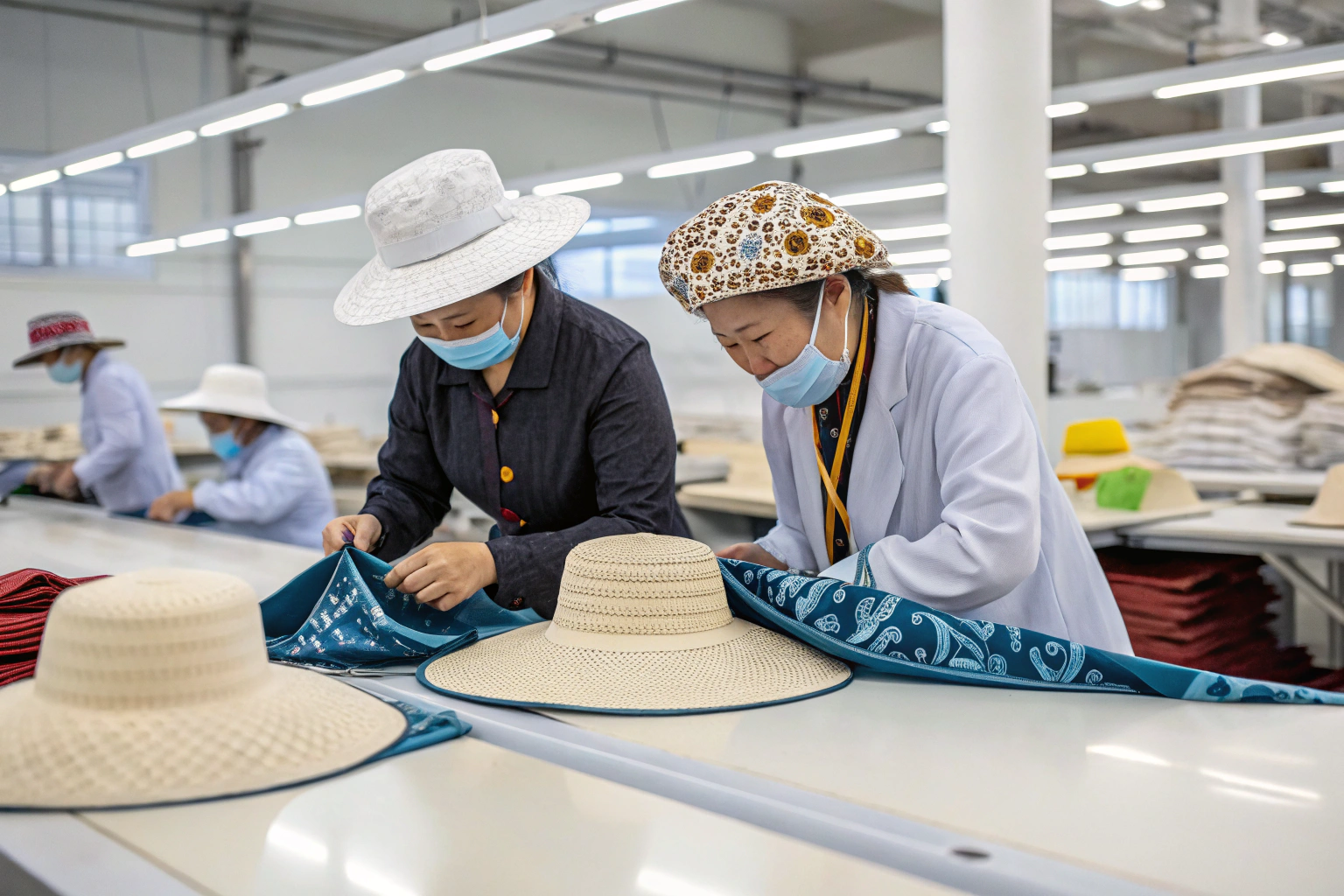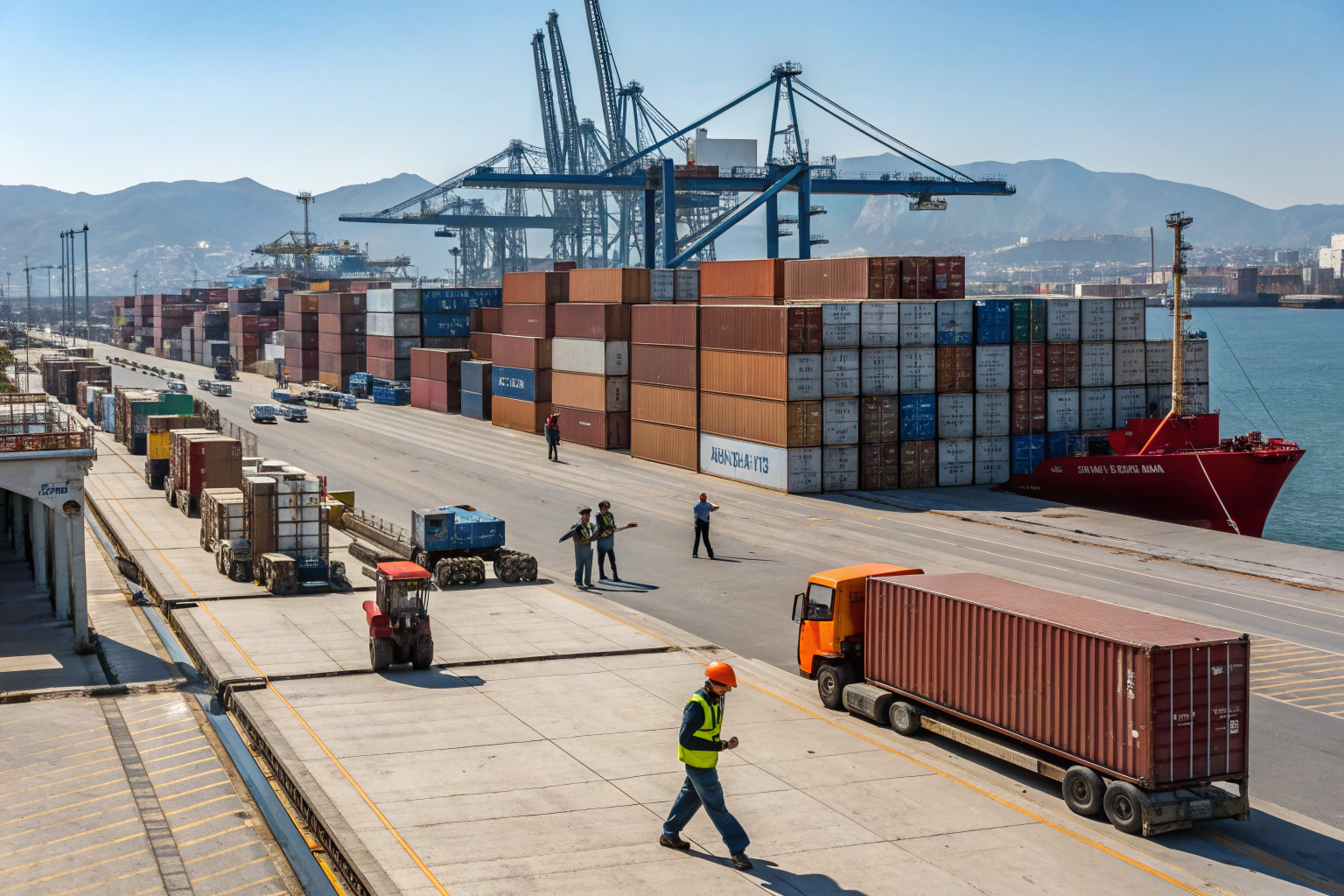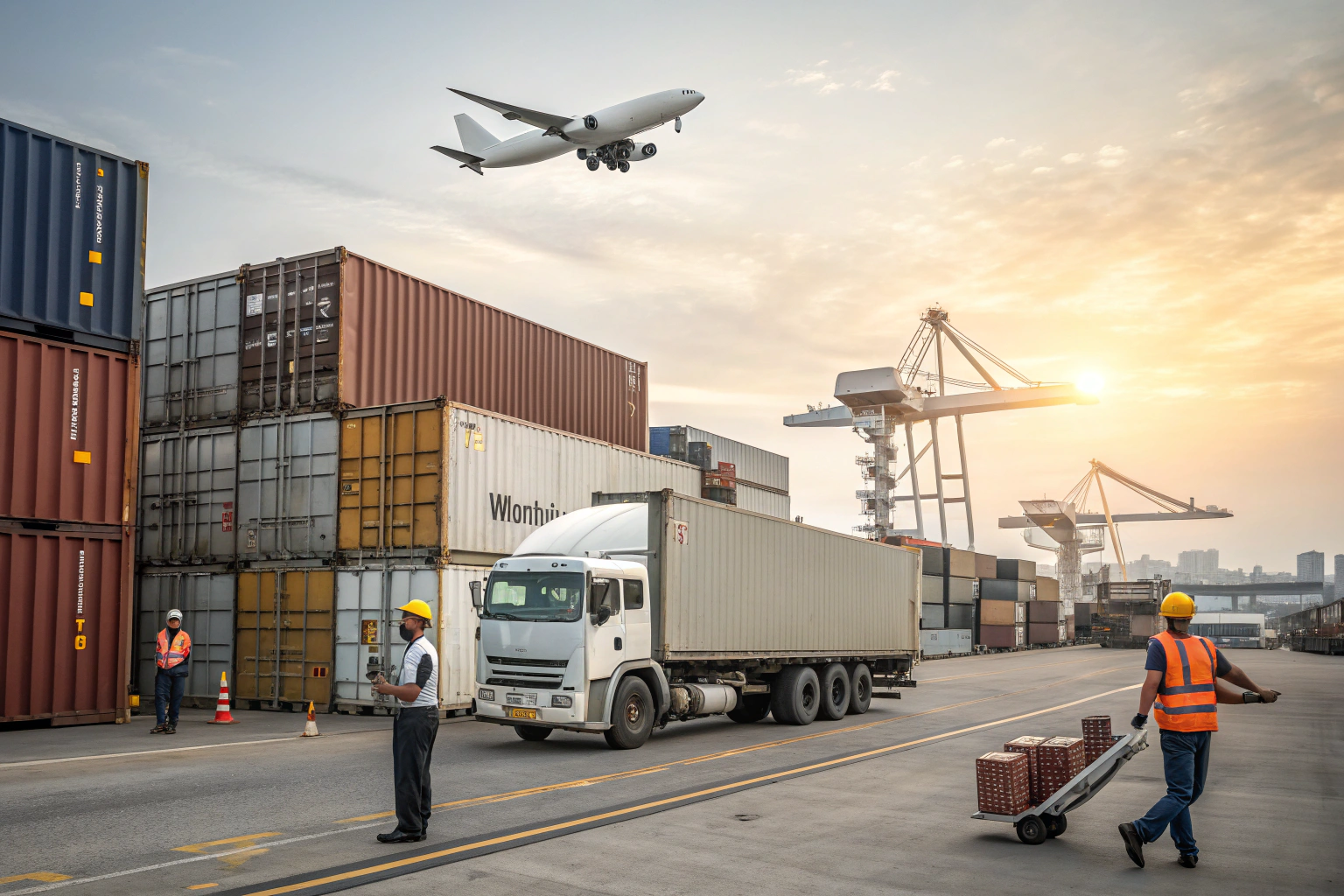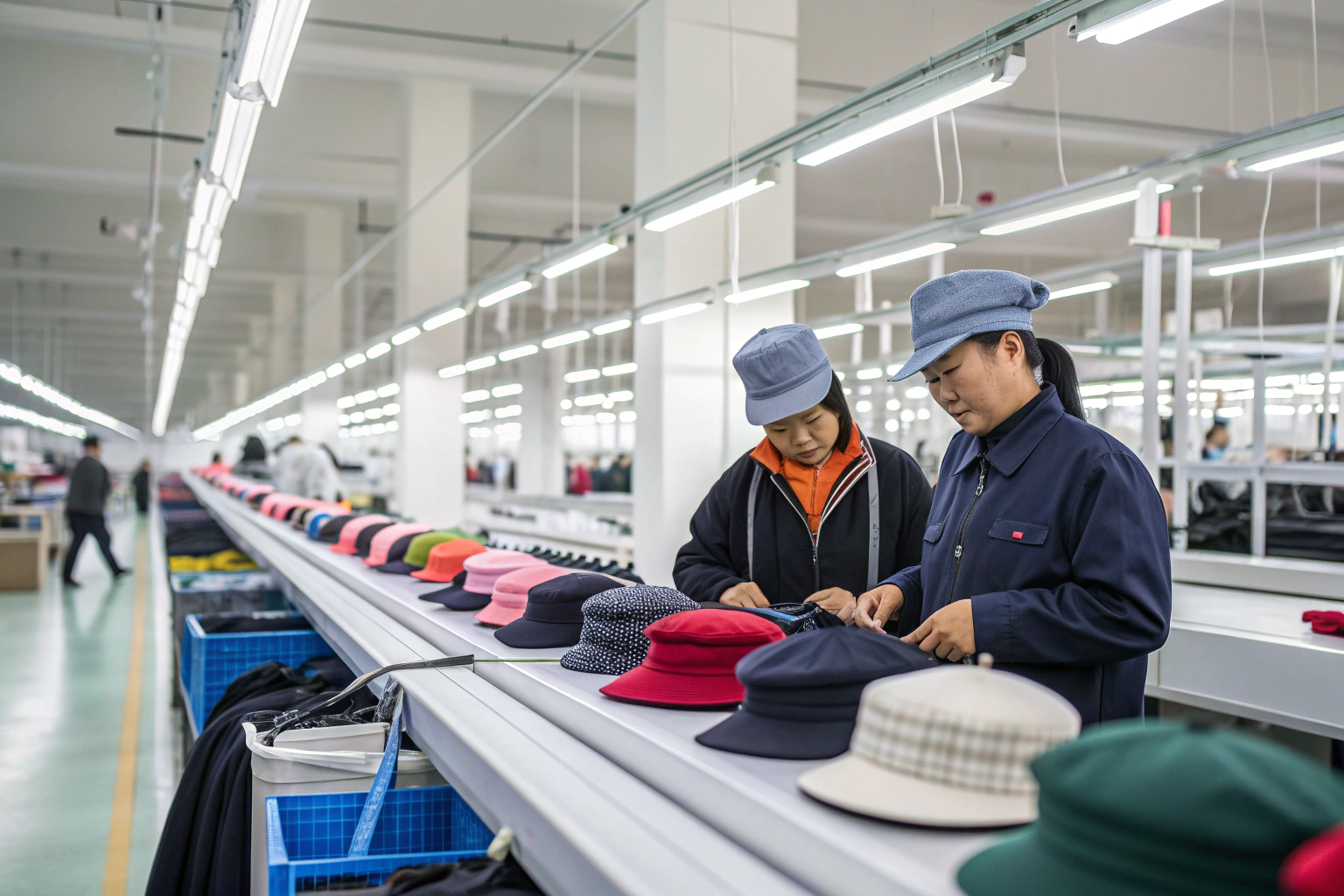You’ve sourced the perfect accessories—hats from one factory, scarves from another, and metal clips from a third. But instead of one smooth shipment, you’re facing triple freight bills, scattered timelines, and customs chaos.
Order consolidation combines shipments from multiple factories into a single, streamlined export, reducing costs, paperwork, and delivery delays. At AceAccessory, we help clients execute this with precision.
If you're sourcing from different suppliers in China and want to avoid wasted space and excess freight charges, order consolidation is a solution you need to consider seriously.
How Does Order Consolidation Improve Shipping Efficiency?
Relying on multiple suppliers often means dealing with multiple shipments—and that means higher costs, more customs paperwork, and timing mismatches. Consolidation tackles these head-on.
Consolidating orders improves shipping efficiency by reducing total freight costs, optimizing container use, and simplifying customs declarations—all while speeding up overall delivery to your warehouse.

Why is shipping multiple factory orders separately so inefficient?
When each supplier ships independently, it often results in:
- Smaller cartons that don’t fully utilize container space
- Multiple freight bills
- Separate customs entries
- Delayed or mismatched delivery to the final destination
How does consolidation solve these problems?
Key Benefits:
- Cost Savings: One larger shipment is cheaper than multiple small ones.
- Optimized Packing: Mixed SKUs packed together improve carton and container fill rates.
- Single Customs Entry: Streamlined clearance at the port of destination.
- Faster Fulfillment: Products arrive at the same time, reducing warehouse coordination work.
| Factor | Without Consolidation | With Consolidation |
|---|---|---|
| Freight Cost per Unit | High | Lower |
| Container Utilization | 50–60% | 80–95% |
| Customs Documentation | Multiple sets | One master set |
| Delivery Coordination Time | Long | Minimal |
At AceAccessory, we consolidate across our umbrella factories, scarf suppliers, and belt workshops, preparing joint shipments in Ningbo or Yiwu for many of our global clients.
What Are the Roles of Freight Forwarders in Consolidation?
Consolidation sounds great—but how do you actually execute it when different suppliers are spread across regions and timelines? That’s where freight forwarders come in.
Freight forwarders act as the coordination hub for consolidating shipments—handling pickup, warehousing, documentation, container loading, and final shipping from multiple factory sources.
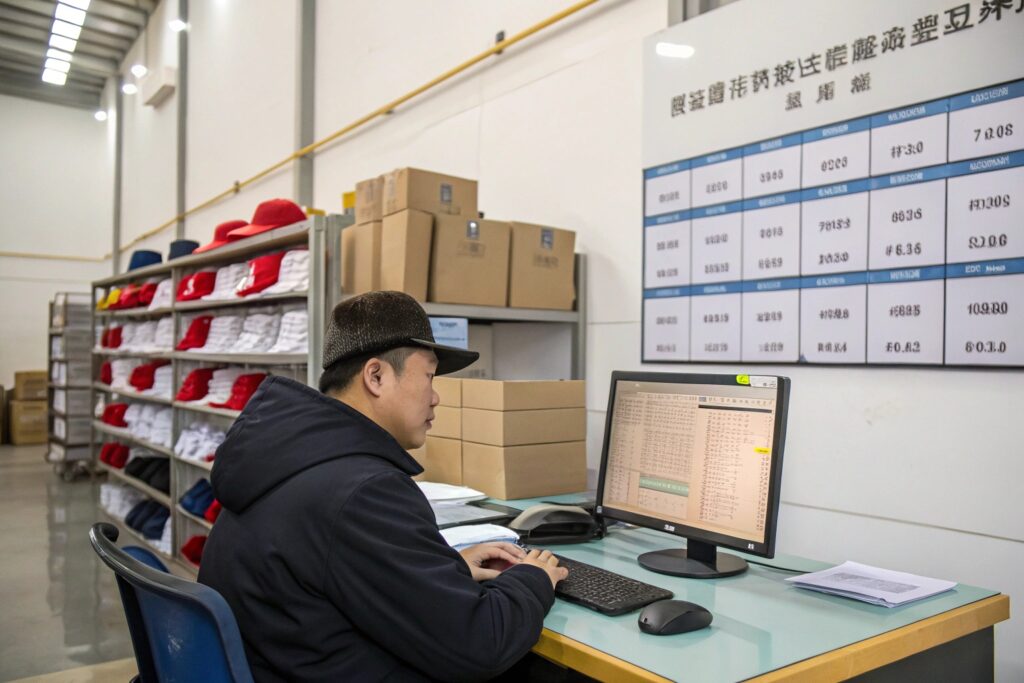
What does a forwarder actually do in the consolidation process?
Services They Provide:
- Coordination: Communicates with all your suppliers to arrange pickup
- Temporary Storage: Holds shipments at a central hub until all goods arrive
- Container Planning: Loads goods to maximize space usage
- Documentation: Combines packing lists, invoices, and export declarations
- Export Execution: Handles booking, loading, and sailing
What should you ask your forwarder?
- Do you offer Less-than-Container Load (LCL) consolidation?
- Can you warehouse for 3–7 days without extra fees?
- Do you support quality checks at the consolidation hub?
- What’s the cutoff time for final load-in?
| Role | Key Responsibility |
|---|---|
| Supplier Communication | Ensures all goods arrive on schedule |
| Receiving & Storage | Holds shipments until full set is ready |
| Repacking or Relabeling | Optional service before container loading |
| Customs Pre-Clearance | Combines and verifies documents |
| Final Shipment Execution | Booking with carriers and dispatching |
We at AceAccessory regularly partner with Zhejiang-based forwarders that allow drop-offs from 5–10 different factories, all under a single master bill of lading.
Tips for Coordinating Delivery Times Across Suppliers
When dealing with multiple factories, your biggest challenge isn’t just production—it’s timing. If one shipment lags, it holds up everything.
The key to successful order consolidation is managing all factory timelines precisely, with clear milestones, early production starts, and strong follow-up mechanisms.
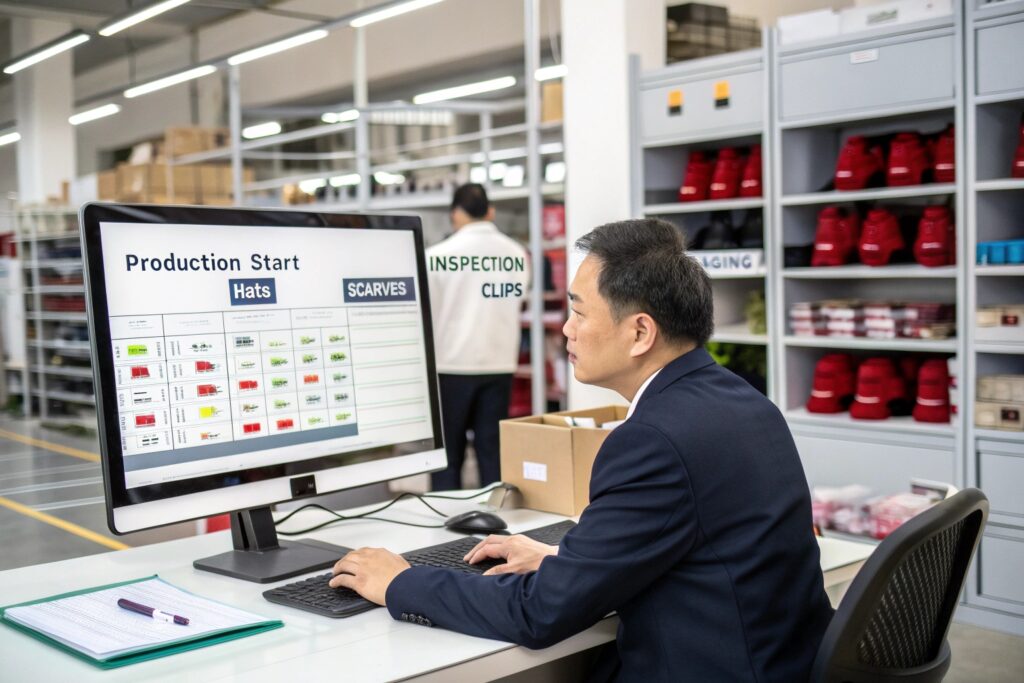
How can you align delivery from different factories?
Step-by-Step Coordination Tips:
-
Set a Shared Delivery Deadline:
- Communicate a unified “must-arrive-at-warehouse” date with all factories
-
Build in Buffer Time:
- Allow a 3–5 day window for unexpected production delays
-
Use Gantt Charts or Spreadsheets:
- Track each factory’s sample date, production schedule, and ship-out day
-
Assign a Project Manager or Agent:
- They’ll follow up with each supplier daily before the handover
-
Share Freight Forwarder Contact:
- Let all suppliers coordinate directly with the same shipping team
| Task | Suggested Lead Time Before Shipment |
|---|---|
| Final Sample Approval | 30–45 days |
| Mass Production Start | 25–30 days |
| Goods Ready for Pickup | 7–10 days |
| All Goods to Warehouse | 3–5 days before shipping |
If you’re using AceAccessory to produce belts and a third-party partner for umbrella production, we make sure all products land in our central warehouse and pass final inspection before joining the main container load.
Risks to Avoid When Combining Shipments from Different Factories
Consolidation is powerful—but it’s not risk-free. One careless mistake or unverified supplier can mess up the entire process.
The main risks when combining shipments from different factories include mislabeling, documentation mismatches, customs inspection delays, and inconsistent packing standards.
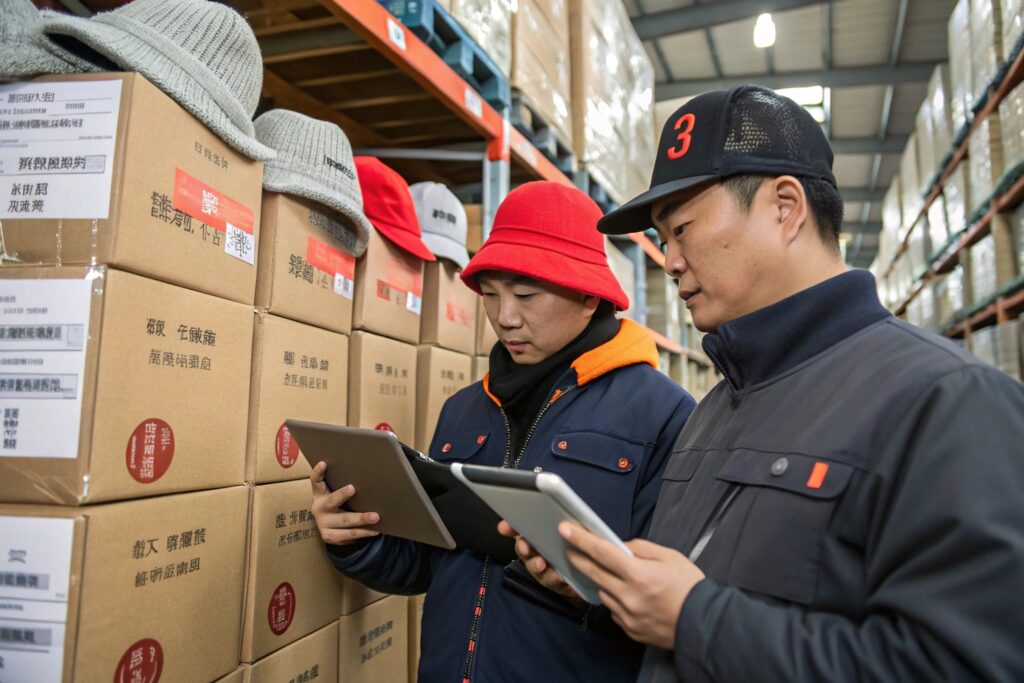
What are the most common problems importers face?
A. Incomplete or Conflicting Documentation
- Factory A lists “polyester scarf”
- Factory B lists “fashion textile”
- → Causes customs confusion or delays
B. Packaging Inconsistency
- Some cartons are too heavy, others break in transit
- → Damages your overall pallet stability
C. Timing Failure
- One factory is late → full container misses sail date
- → Extra warehouse fees, customer delays
D. Quality Variation
- One supplier fails inspection
- → You delay the entire load or ship partial goods
How to avoid these risks?
| Risk | Solution |
|---|---|
| Documentation inconsistency | Centralize docs through your freight forwarder |
| Packaging quality variation | Provide unified packing instructions |
| Timing gaps | Use shared production calendars |
| Quality control failure | Hire third-party QC at consolidation hub |
At AceAccessory, we run a pre-shipment QC pass even on third-party goods entering our warehouse, ensuring label consistency and container readiness.
Conclusion
Order consolidation from multiple Chinese factories is one of the smartest logistics moves importers can make—when done right. It saves cost, boosts efficiency, and simplifies delivery. But without coordination, it can backfire. That’s why you need both reliable factories and experienced freight handlers on your side.


